Cuttlefish, Pipefish & Seahorses
 October 15, 2012
October 15, 2012
Divers were treated to a grand presentation of underwater Pulau Hantu this weekend, possibly the best presentation this whole year! With an extraordinary seven meter visibility, we took the opportunity to explore new and deeper parts of the reef. We literally got to see the reef “in a new light”! One of our volunteers, Edwin Kung, exclaimed that this was a wonderful opportunity to make photos and videos to showcase just now much Pulau Hantu, and Singapore waters have to offer!
On the deep end, this Stick pipefish (Trachyrhamphus longirostris) was making like a gorgonian sea whip. It just sat tight upon the seabed, totally still, waiting for yummy bits of food to drift by in the current.
Related to pipefish, several seahorses were spotted by divers today along various parts of the reef. The slow moving animals made good to remain hidden not only from predators, but from poachers who might potentially harvest them for the aquarium trade. Seahorses are said to be the slowest moving fish in the sea, and they rely almost completely on their ability to remain cryptic and hidden. Even while hunting prey, seahorses will sway back and forth and up and down, attempting to mimic the seaweed within which they seek shelter. They do this to remain hidden from both their predators and their prey.
Like seahorses, cuttlefish are also masters of disguise. There is a small cuttlefish in the photograph above, hiding amidst the sargassum algae. Are you able to spot it?
If you weren’t able to spot the cuttlefish in the picture above, watch this video to witness the little cuttlefish change its colour and even shape shift to mimic the texture of its environment. Cuttelfish are able to alter their pigmentation and distort the surface of their skin!
I was very thrilled to spot this adorable little Painted sweetlips wriggling about the edges of the reef. This little fish was no more than 3 inches long, and it certainly has a lot more growing to do; adults can reach 90cm! The adult of this fish looks nothing like the juvenile – they are a pale blue/grey with yellow spots, and can be confused with snappers, groupers or rabbitfish. Only as a juvenile is the Painted sweetlips so remarkably unique in its appearance!
Above is a fish I hadn’t noticed on the reef before. I think it is some kind of bream but I can’t be certain. Anyone have an idea what this might be?

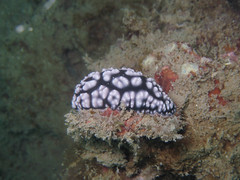

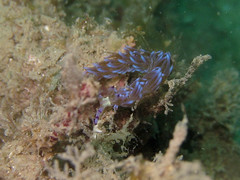
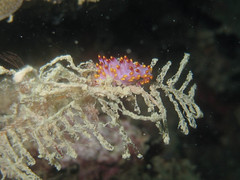
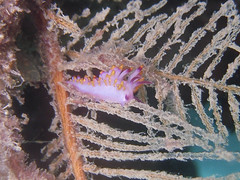
As usual, there were also plenty of sea slugs and nudibranches! Other divers also saw a Snakey bornella (Bornella anguilla).
Some fish like to school and others are happy just to be paired up, just like these Speckled goatfish (Upeneus tragula) (above, left) and Copper-banded butterflyfish (Chelmon rostratus).
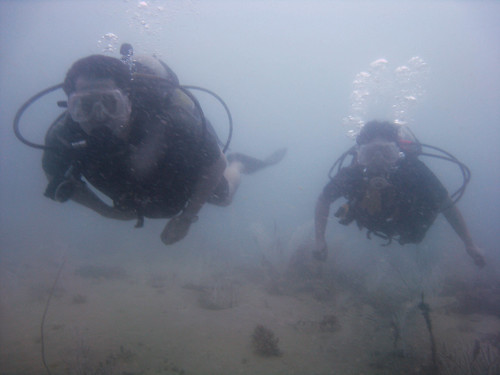
What a very special experience for both new and seasoned divers! For more photographs from this dive, visit The Hantu Blog Gallery!
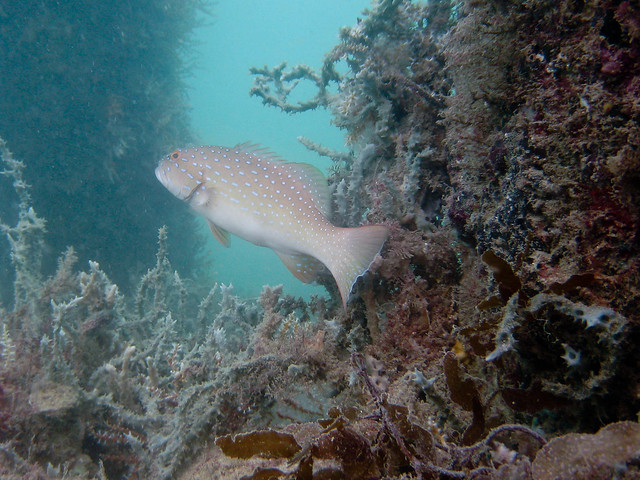
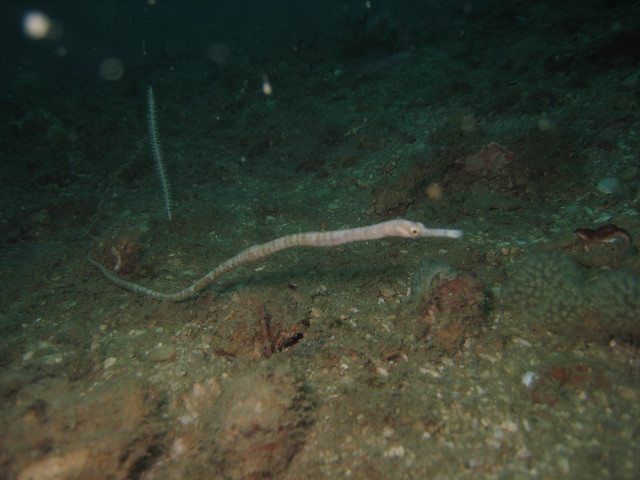

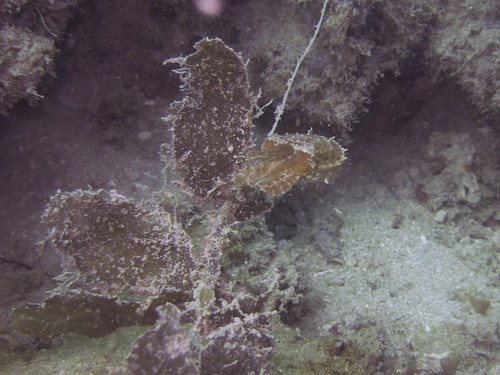

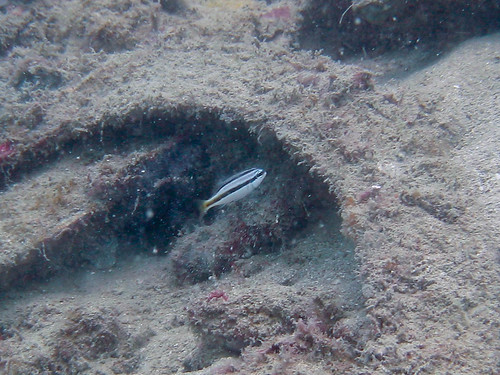


 Posted in
Posted in 



 content rss
content rss
COMMENTS